Me taking photos in Yosemite in 2022. Photo by my friend Jupe
It’s hard to overstate just how important photography is (and has been) in conservation. From trail cams to drones, from satellites to microscopes, cameras have been essential tools at every stage of nature preservation. Photos and videos are evidence — proof that some fantastical-sounding creature is real, or that an ecosystem is changing, or that certain events have taken place. And that evidence is incredibly useful for all kinds of conservation work.
Note: I’m aware that photos and videos can be edited to be misleading, or even faked entirely, especially with generative AI. Those are important issues that deserve attention, but they’re well beyond the scope of this post.
I’ve divided the roles of cameras in conservation into three categories: making discoveries, monitoring populations and ecosystems, and communication between people. Of course, not every use for photography is so cut-and-dry or fits neatly into one box, so these groupings are approximate. Also, not every single instance or use is covered here — that would probably fill a whole book! That said, let’s get into it.
Discoveries
Microscope photography lets us study tiny critters like plankton. Image by David Liittschwager
Cameras help scientists discover new species all the time — frequently in the deep sea, where it’s difficult for us humans to go in person. A few years ago, an Indian graduate student posted a photo of a snake on Instagram, and it turned out to be a new species. Microphotography reveals all kinds of specimens invisible to the naked eye. Sometimes, photos or footage are some of the only reasons we know about certain critters in the first place — like in the case of the secretive saola.
The grid helps scientists study the speed and mechanics of the slingjaw wrasse’s extendable mouth. Footage from Wainwrightlab
Scientists can also use photography and especially film to study animal abilities and behavior. Cameras have revealed the sling-jaws of certain fishes, the gear-like structures in insect legs, the lightning-quick pounces of jumping spiders, bioluminescent shrimp “sneezes”, and the frankly terrible jumps of the tiny pumpkin toadlet. This kind of footage is crucial in physiology research.
Monitoring
Once a species or ecosystem has been discovered and documented, it’s important to keep tabs on it and make sure it’s doing okay. Cameras are excellent tools for monitoring ecosystems and animals, and especially for counting or making estimates of animal populations. A number of citizen science projects rely on volunteers to count animals (e.g. penguins) in aerial photos. Orangutan conservation groups have used drones to count orangutan nests in dense forests. Motion-activated trail cameras can record animal activity on the ground.
A drone photo of an orangutan in a nest. Image via The Orangutan Project
Aerial photos make it easy to see just how big a herd can be. Image from the Grumeti Fund
Photos are also crucial for recording how a place changes over time. On a large scale, this can be done with satellite imagery. For smaller sites, conservationists might set up a photo station for visitors, like those made by Chronolog. The idea is that you place your camera or phone in the provided slot to take a picture of a specific place, and then you send in your photo and it gets added to a database. Photo stations in popular spots can provide tens of thousands of data points over a large window of time.
Photo stations are great for capturing lots of images of the same place over time. Image by Chronolog, via SciStarter
Communication
Capturing an image or moment allows us to share it with others who weren’t there, in astonishing detail that was largely impossible before cameras existed. The end result is that we modern people know more about the world than all of our ancestors ever could. Scandinavian children know what giraffes and elephants are, and Australians are familiar with polar bears. People travel all over the world in search of places and things that they’ve only seen pictures of.
Museum visitors enjoy an exhibit featuring Nature’s Best Photography at Smithsonian’s Natural History Museum. Exhibits like these were highly influential on yours truly. Image from a video by sitesExhibitions.
This all ties back into my research that led to the creation of this site. I found that photographing wildlife leads to an increase in emotional attachment to the natural world — and the more we’re emotionally attached to something, the more we want to protect it. Those who see the photos or footage can also develop attachments. I myself, as a little kid, became enthralled with wild animals and nature via photos and documentaries (supplemented with zoo visits and walks in the park).
Cameras are a huge part of our lives. Many of us have them on hand at any given time, and we’re ready to capture anything at a moment’s notice. The camera — at its simplest, a box that captures and preserves light — is one of the most important and useful tools we have. It’s become indispensable in just about every sphere of life, including conservation. Personally, I feel like “a picture is worth a thousand words” is kinda underselling it.







